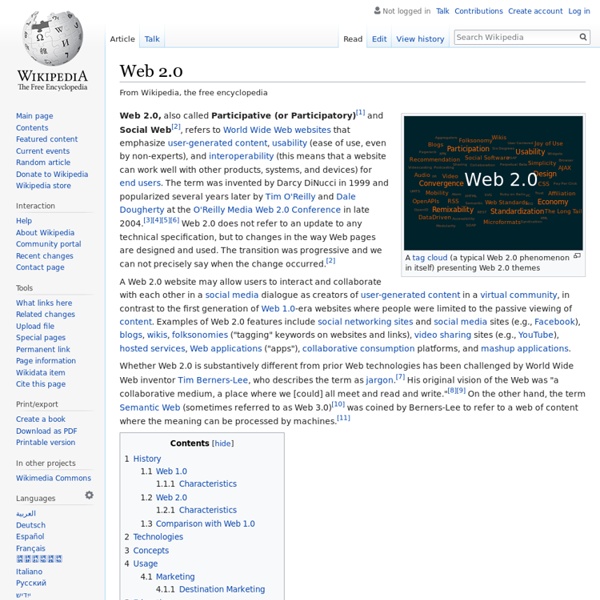Web 2.0 - Wikipedia - Web Two Dot Ohhhh!

Related:
Related:



